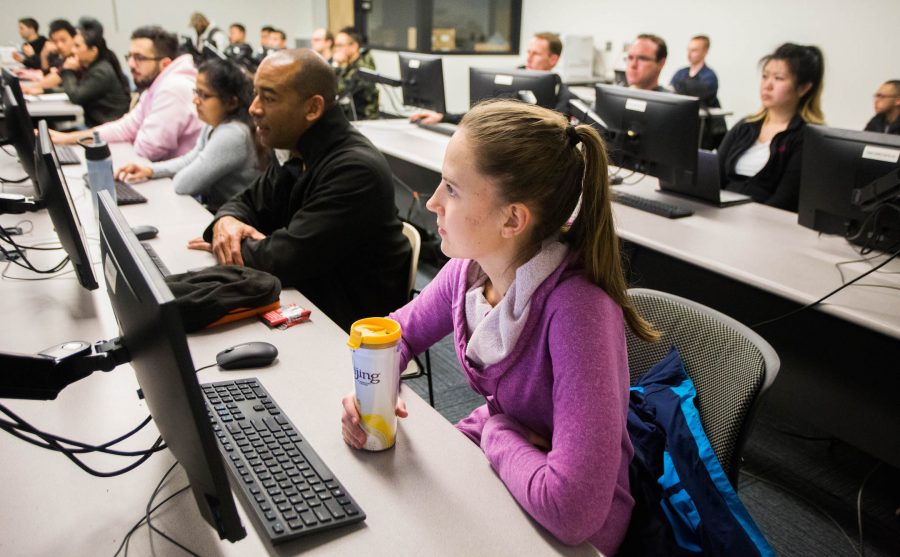Sacramento State’s Student Investment Fund (SIF) tries to provide real life work experience for business students, handling a portfolio worth around $470,000 that holds assets from live stocks traded on the market daily.
“We are long term volume investors and our bench mark is S&P 500,” said Anna Vygodina, a professor of finance. “So we’re invested mainly in larger companies following S&P 500 sector breakdown such as energy, utility and consumer staples.”
This money that the SIF students are working with is from the University Enterprises, Inc. (UEI).
“We are managing actual money for (UEI), part of their portfolio, so first of all the students get the experience of investing the actual money,” Vygodina said.
The SIF is broken up into different sectors; each one has a portfolio manager, or PM, leading the group and a security analysis, or SA, that is second-in-command. Also present is a group of interns that help with whatever the PM or SA need.
To become an SA, you must submit an essay about why you’re interested in the job, sit down for a face-to-face interview with the professors, and have your grades looked at.
After one semester as an SA, you are moved up to the PM position.
As far as interns go, anybody is welcome to come and join without necessarily needing any background in business.
Within in each sector, students conduct research on their sector and based off of that research decide what and what not to invest in, then present it to the class for its vote.
“In our individual teams we put together a pitch based on what we feel should be the future direction,” said master of business administration student Erin Tyrrell. “Then we present to the group and the more senior level of the teams vote whether or not they agree with our pitch. From that there is a board of directors that gives the final approval.”
The SIF is not just a class to get experience, it is something that you can put on your resume as actual work time in the field; apart from having the same practices as the professional field, SIF is now using industry standard tools as well.
The most recent and advantageous addition of these tools are the Bloomberg terminals — extensive databases with live information coming in constantly.
“Bloomberg is this network, it’s this amazing resource for the data,” Vygodina said. “It’s the main resource finance professionals are using in the industry. If you’re investing into the energy sector and some oil refineries, you can track their tanker over the ocean in real time.”
The terminals aren’t very easy to operate or navigate though as it is a command-driven network, so each student must complete an eight hour training course that will teach them how. At the end, they receive a certificate of completion.
“Basically to use the Bloomberg it is so extensive and large you need to understand how to navigate that database,” Vygodina said. “You can also add that to your resume, so when you apply for jobs here it is proof that I have my Bloomberg training and I can navigate Bloomberg Terminals.”
SIF is as close as college students can get to the real world of finance beside working for an actual company that will ready them for the rest of their careers.
“If I go into finance it will be good to know about the stocks and stuff, evaluations, finding sources, and learning all the ratios,” said finance major Kathrine Moen. “We go more in depth here than in the classes, so I think this definitely will help me.”






























































































































